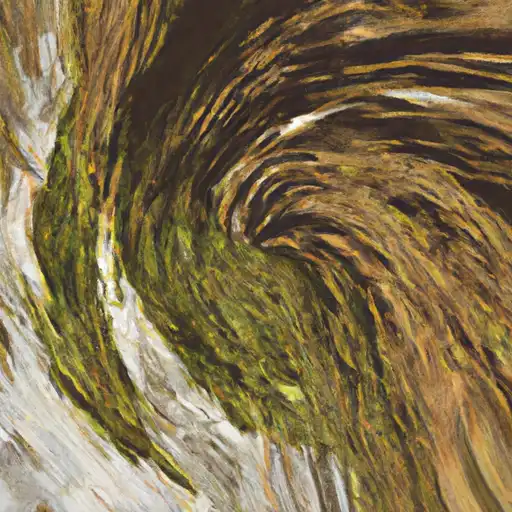
Exploring the Caves in Rurutu
Exploring the Enchanting Caves of Rurutu: A Trip to an Ageless Geologic Wonderland
A journey to Polynesia would be incomplete without immersing oneself in its natural beauty. Aside from pristine beaches, lush biodiversity, and rich culture, the islands offer another captivating attraction - its cave-spirit. The highlight of geological wonder today is the awe-inspiring caves in Rurutu, one of the most fascinating attractions of the Austral Islands in French Polynesia.
A Brief Bit of Background: Rurutu’s Geologic Evolution
Rurutu, located about 565 kilometers south of Tahiti, is unique in the sense that its caves’ formation is the result of a rather rare geological phenomenon known as island uplift. This process occurred roughly 9 million years ago when the island, initially a coral atoll, underwent a volcanic event that elevated it by 150 meters above the sea level. This uplift exposed a network of caves previously under sea level, unveiling a mesmerizing constellation of limestone caves that we can explore today. These caves provide a glimpse into the island’s past and are an integral part of Rurutu’s culture and history.
The Cultural Significance of Rurutu Caves
Interestingly, the caves in Rurutu aren’t just significant from a geologic perspective. They’re deeply rooted in the island’s culture and history, connected to various legends and traditions of the Polynesian people.
The caves have been used for multiple purposes throughout history. In ancient times, they served as places of residence, religious ceremonies, and burial sites, lending a deep sense of reverence and respect to their presence. Today, remnants of these uses can still be seen in the form of pottery shards, bones, and traditional Polynesian rock carvings called petroglyphs.
Experience The Caves: Today’s Attractive Destinations
Ana Ae’o (The Birds Cave)
Perhaps the most famous among these caves, Ana Ae’o, also known as the Bird’s Cave, is a must-visit. Famed for its acoustic qualities and impressive limestone formations, a visit to this cave would not only fill your eyes with awe, but it’ll also serenade your ears with the harmonious songs of swallows and tropicbirds.
Te Ana Pua
Another noteworthy cave is Te Ana Pua, also known as the Flower Cave due to an abundance of tall stalagmites that resemble blossoming flowers. Within its dimly lit depth, you can find layers of ancient shells and fossilized coral, a clear testament to Rurutu’s undersea past.
Te Pari Pari (Cliff of Whispers)
One other captivating site is Te Pari Pari or the Cliff of Whispers. It’s a truly humbling sight with its vertical cliff face adorned with countless caves. Visitors can explore several of these and gain stunning views of the crystal blue Pacific Ocean.
Guided tours, led by knowledgeable local experts, are a great way to experience the caves of Rurutu. Not only do they ensure your safety and preserve the caves’ integrity, but they’re also sources of fascinating insights and stories adding depth and context to your exploration.
Protective Measures
Though these magnificent caves are available for exploration, it’s essential to remember to tread lightly as they’re protected cultural and natural sites. Visitors are encouraged to be respectful, not touch formations, nor leave any trash behind.
A Final Thought: Timeless Appeal of Rurutu
Exploring the caves in Rurutu gives tourists a unique blend of adventure, geology, and ancient Polynesian culture. The mystical formations and stories encapsulated within these caverns provide the backdrop for an unforgettable experience. So, if you’re planning a trip to Polynesia and want to delve deeper into its lesser-known gems, make sure to reserve a spot for Rurutu’s caves in your itinerary.
Ultimately, Rurutu, with its enchanting caves, invites every explorer to witness the timeless performance of nature’s artistry, echoing the profound narratives of Polynesian history and culture rendered on its time-weathered walls.